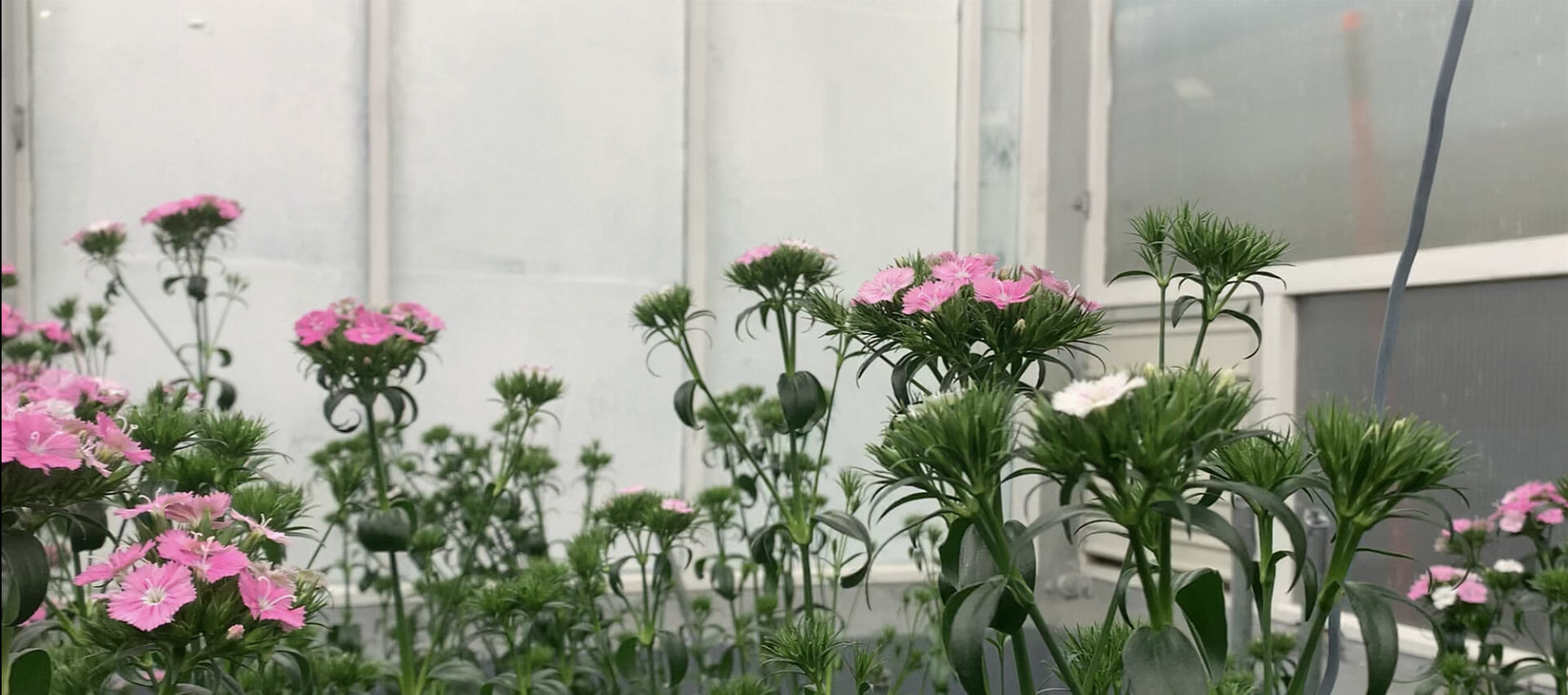Leveraging Short-Duration Radiation to Improve Crop Quality Prior to Harvest
About the University of Tennessee’s Department of Plant Sciences
Based in Knoxville, Tennessee, the UT Institute of Agriculture is a land-grant institution with a long history of excellence in teaching, research, and Extension. Its Department of Plant Sciences unites Herbert College of Agriculture students, AgResearch scientists, Extension professionals, industry leaders, and the public to advance relevant and crucial knowledge, methodologies, and technology.
The Department of Plant Sciences houses a diverse set of researchers, Extension specialists, and instructors, ensuring their agricultural research provides real life solutions from creating crops with higher nutritional value to growing safer turfgrass athletic fields.

The Experiment
The Department of Plant Sciences has a long history of conducting top-level research. Today, Assistant Professor Dr. Kellie Walters and Jessica Kurtis, a Plant Sciences graduate student, are leveraging short-duration radiation prior to harvest. The overall goal is to determine the optimal manipulation of indoor and greenhouse environments to affect plant physiology and improve both production efficiencies and crop quality. More specifically, Dr. Walters’ Lab is studying the extent to which end-of-production (EOP) radiation and intensity influence the yield and quality of kale.
In collaboration with Fluence scientists based in Austin, TX, this study deployed RAY 44 LEDs using Physiospec (white) and Anthospec (50% red/50% blue wavelengths) paired with dimmers to control light intensity in their growth chambers and greenhouse experiments. The team’s hypothesis predicts that, increasing light intensity just before harvest will increase crop quality and yield.
Another important aspect of the Walters’ Lab is quantifying the metrics referred to as quality attributes, such as coloration and secondary metabolite concentrations (anthocyanin, carotenoid, and glucosinolates).



Grower Impact: Why it Matters
Crop production and quality become ever more important as global population densities increase. If these treatments are effective, it is possible to achieve higher qualities and quantities of produce while reducing the input and energy costs for production. Furthermore, by isolating the end-of-production stage, this study presents growers with fundamental insights on the effects of disparate light intensities and qualities across a variety of crops. This research is important for improving the amount of nutritional value per bite, which ultimately reduces the quantity required for consumption.
About Fluence’s Research Program
The Fluence Research team conducts studies through partnerships with leading research groups around the world while also conducting research in-house at the company’s Photobiology and Research Lab in Austin, Texas. Fluence partners with industry consultants to advise on the commercial viability of the team’s research studies while concurrently proving our lighting solutions at a commercial scale through grower case studies led by Fluence’s Horticultural Services team.









